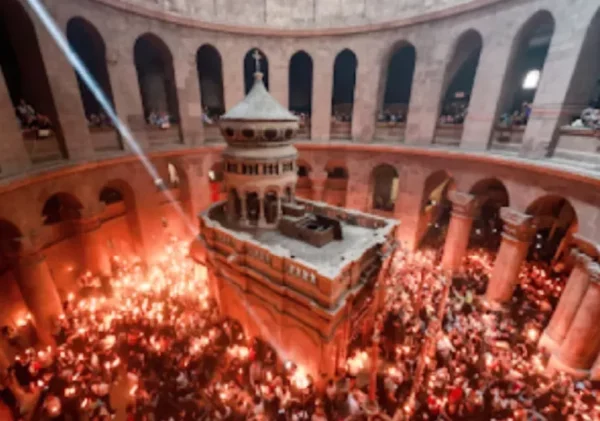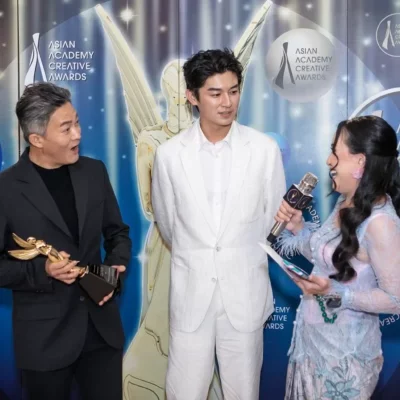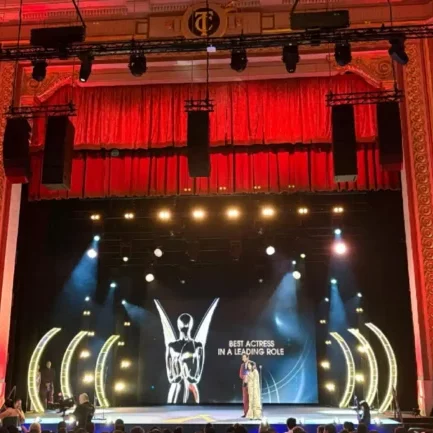Leonardo da Vinci: The Renaissance Genius
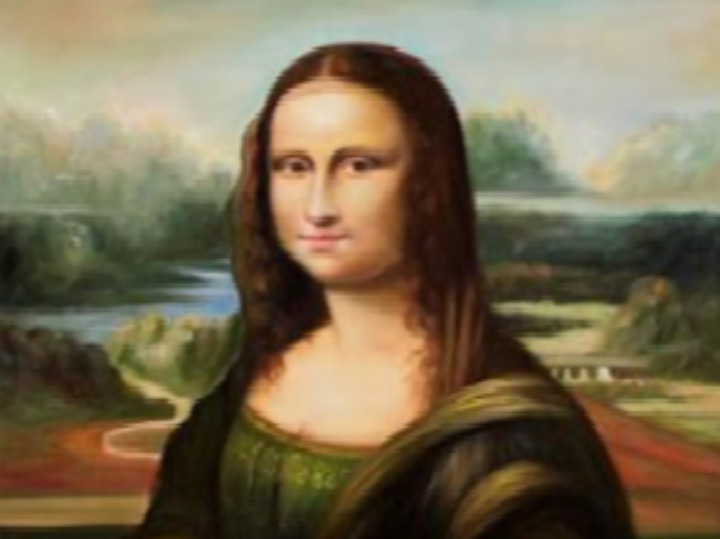
SHARE
Leonardo da Vinci, born on April 15, 1452, in the small town of Vinci, Italy, was the illegitimate son of a notary, Ser Piero, and a peasant woman named Caterina¹. Despite his humble beginnings, Leonardo’s natural talent for art was evident from a young age.
At around 15, he was apprenticed to the renowned artist Andrea del Verrocchio in Florence, where he honed his skills in painting, sculpture, and mechanical arts.
Embed from Getty ImagesLeonardo’s early works quickly garnered attention for their innovative techniques and lifelike quality. By 1478, he had established himself as an independent master. His first major commission, “The Adoration of the Magi,” although never completed, showcased his unique approach to composition and perspective¹.
In 1482, Leonardo moved to Milan to work for the ruling Sforza family, where he created some of his most significant works, including the iconic “The Last Supper.”
Embed from Getty ImagesLeonardo’s oeuvre includes some of the most famous and influential artworks in history. The “Mona Lisa,” painted between 1503 and 1506, is perhaps his most renowned piece, celebrated for its enigmatic smile and masterful use of sfumato, a technique that creates a soft, gradual transition between colors².
“The Last Supper,” completed around 1498, is another masterpiece, depicting the moment Jesus announces that one of his disciples will betray him. Other notable works include “The Vitruvian Man,” a study of human proportions, and “The Baptism of Christ,” which he worked on with Verrocchio.
Embed from Getty ImagesLeonardo’s influence extends far beyond his paintings. His notebooks, filled with sketches, scientific diagrams, and inventions, reveal a mind that was constantly exploring and innovating. He studied anatomy, engineering, botany, and physics, making groundbreaking observations that were centuries ahead of his time.
His approach to art and science, characterized by meticulous observation and a deep understanding of nature, inspired countless artists and thinkers.
Embed from Getty ImagesLeonardo’s legacy is evident in the works of later artists like Michelangelo and Raphael, who were influenced by his techniques and ideas. His emphasis on realism and the study of human anatomy set new standards for artistic excellence.
Moreover, his visionary ideas in engineering and science laid the groundwork for future innovations.
Embed from Getty ImagesLeonardo da Vinci’s contributions to art and science have left an indelible mark on history. His ability to blend artistic creativity with scientific inquiry made him a true Renaissance man. Today, his works continue to captivate and inspire, reminding us of the limitless potential of human ingenuity.
*Cover Photo/Thumbnail Photo from Getty Images/Mona Lisa
RELATED ARTICLES

I’m a Christian and I Got No Startup Money!
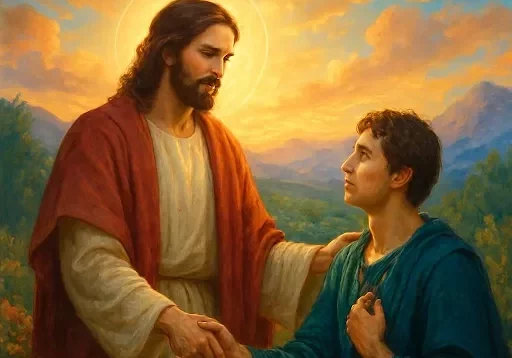
Tempted to Abandon My Calling
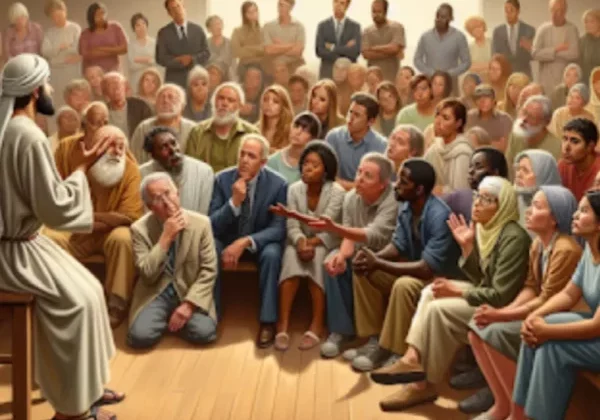
A Christian’s Call to Wise Listening





